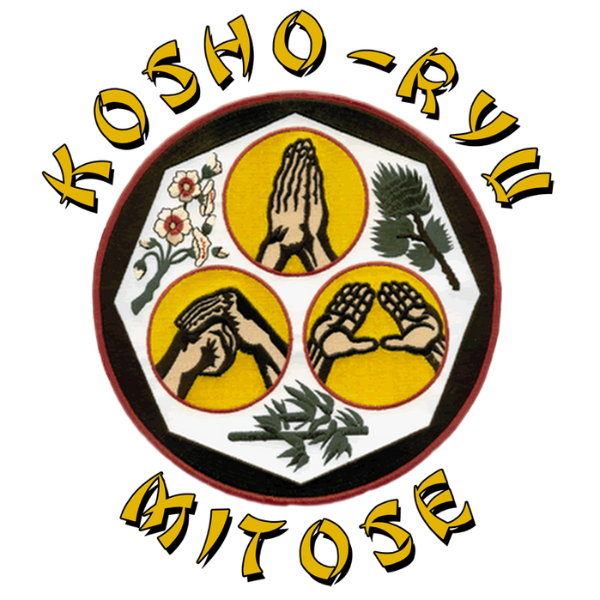About
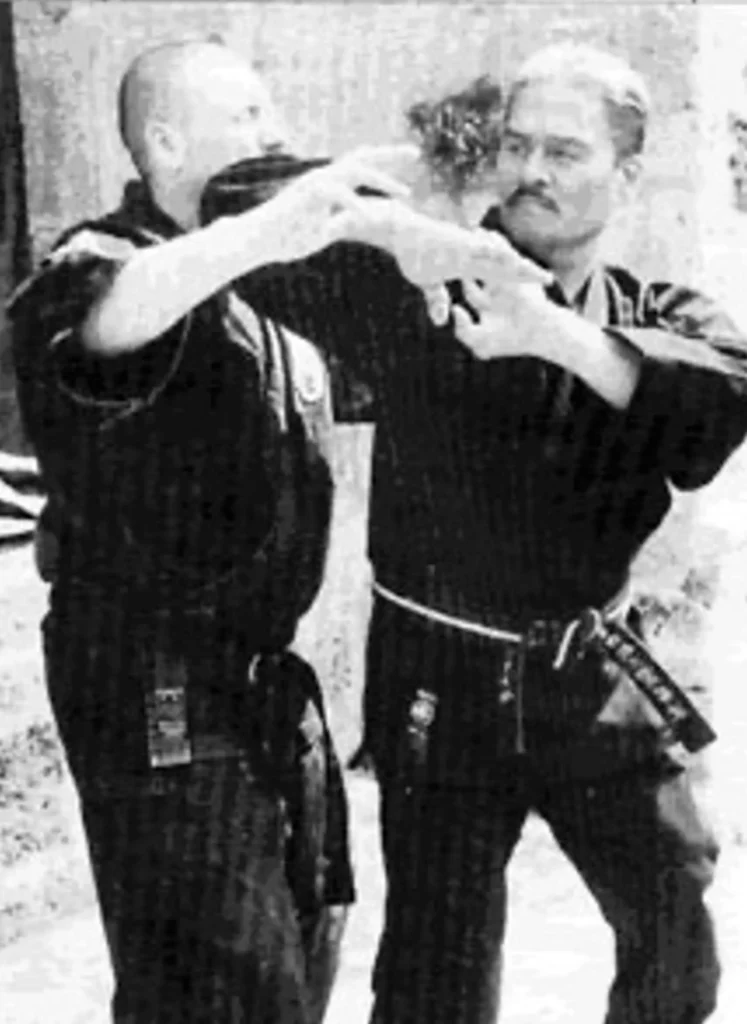
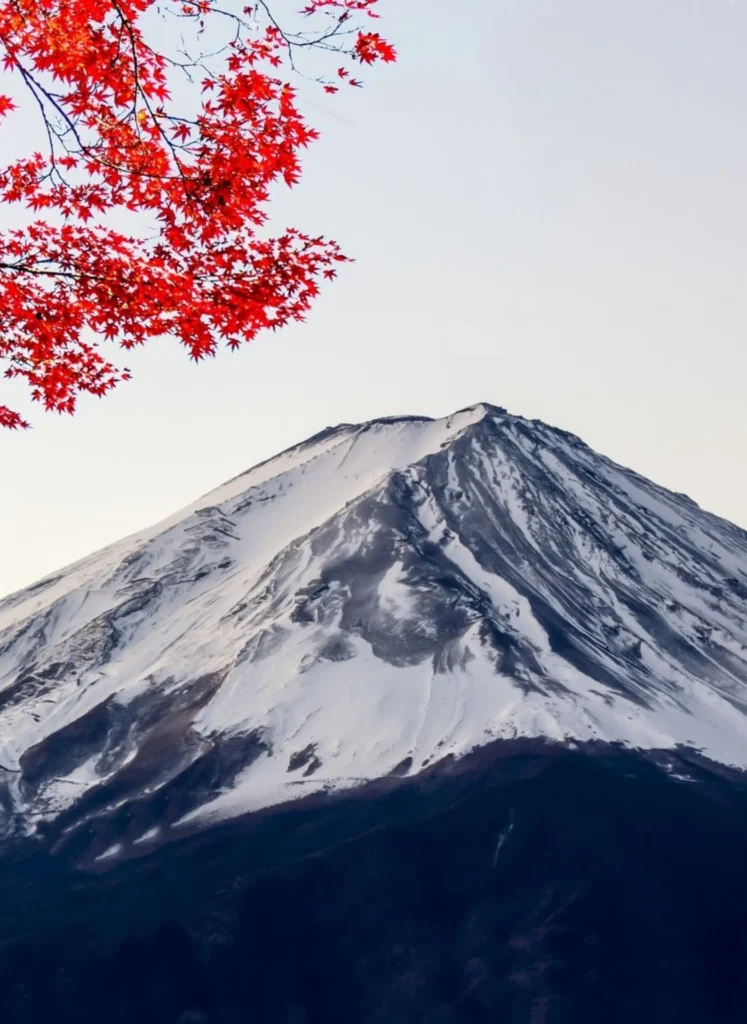
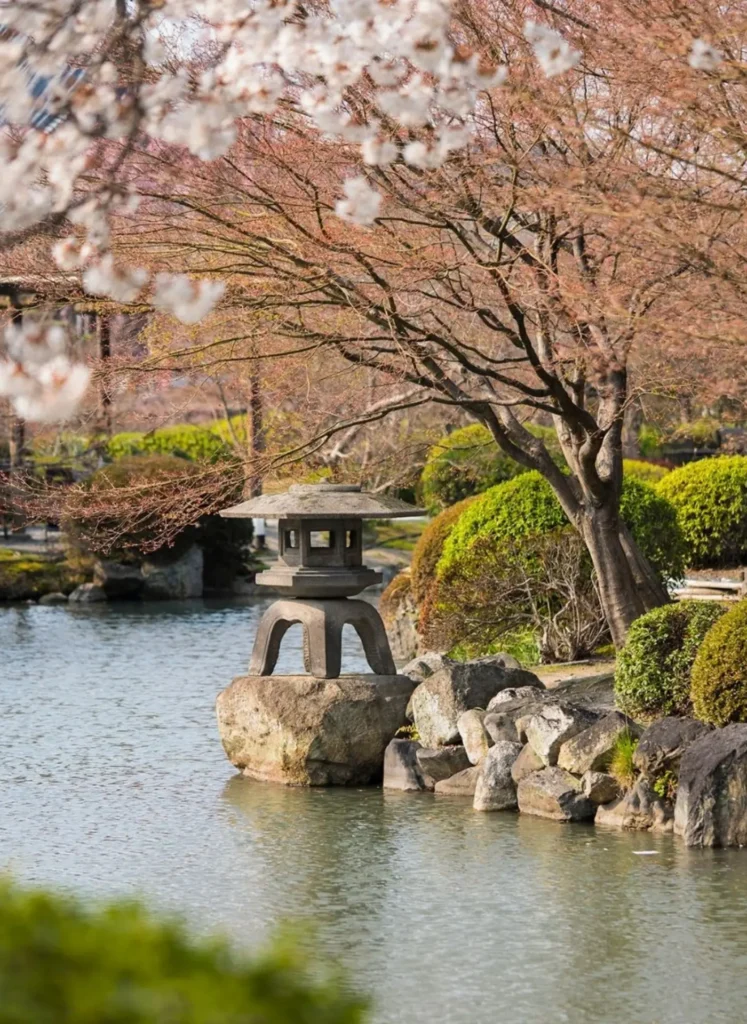
The Kosho-Ryu is a family art that has been passed down through 21 generations of my ancestors. My father, James Mitose (also known as Kenposai Kosho), learned this art as a child and taught it in Hawaii during the 1930s and 1940s. It is the oldest family martial art that continues to be practiced to this day.
Kosho-Ryu is actually just one component of the Kenpo arts, and it is the name we use for the physical techniques we teach for self-defense. It was first taught to people of all races when my father decided to open a self-defense school in Hawaii at the start of World War II.
A second component of Kenpo, sometimes referred to as Kosho-Shorei Kenpo, contains the psychology and philosophy of Kenpo. In the broadest sense, it includes self-defense techniques that do not involve physical contact. In practice, however, we should always understand Kenpo as a whole and not just learn it as a sport or a fighting art.
Until 1947, my father told his students they were studying Shorinji Kenpo. However, in 1947, when he wrote his first book, *What is Self-Defense? Kenpo Jiu Jitsu*, the art began to be known as Kenpo Jiu Jitsu. Finally, in 1953, when the book was published and began to be widely distributed, the name Kenpo became well-known, and this is how many refer to the art today. Technically, however, the true name of my art is Kosho-Ryu Kenpo. In Spanish, it means “Law of the Fist of the Old Pine Style” (Ko means Old, Sho means Pine, and Ryu means Style or School; Kenpo means Law of the Fist).
Many people who do not study true and pure Kenpo or karate believe that Kenpo, the Law of the Fist, is merely a set of powerful fighting techniques. The true meaning of the “Law of the Fist,” however, is that the left hand (which symbolizes the spiritual side of people) must always cover the right fist (which symbolizes the physical side). This means that the most important lesson Kenpo teaches is that physical violence is not the solution to conflict.
The name of the style is in memory of a Great Master Mitose who received a spiritual message from God while praying and meditating under an old pine tree. This descendant had converted to Buddhism and studied the teachings of Buddha and Japanese yoga (Japanese yoga is similar in appearance to Indian yoga but is different). This spiritual messenger from God taught the Great Master how to escape from attackers without suffering any harm, making bodily contact only when performing the arts of pushing and pulling. Since no human has the right to kill or harm another human being, one must go unarmed to demonstrate their pacifism to others.
True and pure Kenpo and Kosho Shorei Karate consist of Japanese yoga combined with self-defense exercises. These include “peace” and “escape” patterns that heavily utilize the jumping arts.
The jumping arts predominantly use the muscles in the legs and are therefore very effective in increasing heart rate during execution. Since the heart specializes in pumping blood and giving life, regular aerobic exercise strengthens it.
An additional benefit of such aerobic exercises is the development and strengthening of the capillaries surrounding the heart. This ensures satisfactory circulation in case the heart’s main blood pathways become blocked. Kosho Ryu exercises promote health through efficient aerobic routines. It also includes a nutrition system and techniques to increase and maintain body flexibility through stretching.
Please believe in God, respect the law — especially do not use violence or break the law for any reason — and cooperate with law enforcement officers. Live in peace and be happy.
Thank you!
History
The first Grand Master of Kosho-Ryu Kenpo was Zenko Yoshida, around the year 1235, followed by more than 20 generations of grandmasters from the Yoshida clan.
The 19th Grand Master of Kosho-Ryu was Jiroku Yoshida (1818-1890), and the 20th Grand Master of Kosho-Ryu was Sukuhei Yoshida (1853-1936). Sukuhei Yoshida was the father of Kiyoka (who was the mother of James Masayoshi Mitose) and the grandfather of Masayoshi Mitose (James). The 21st Grand Master of Kosho-Ryu was James Masayoshi Mitose (1916-1981).
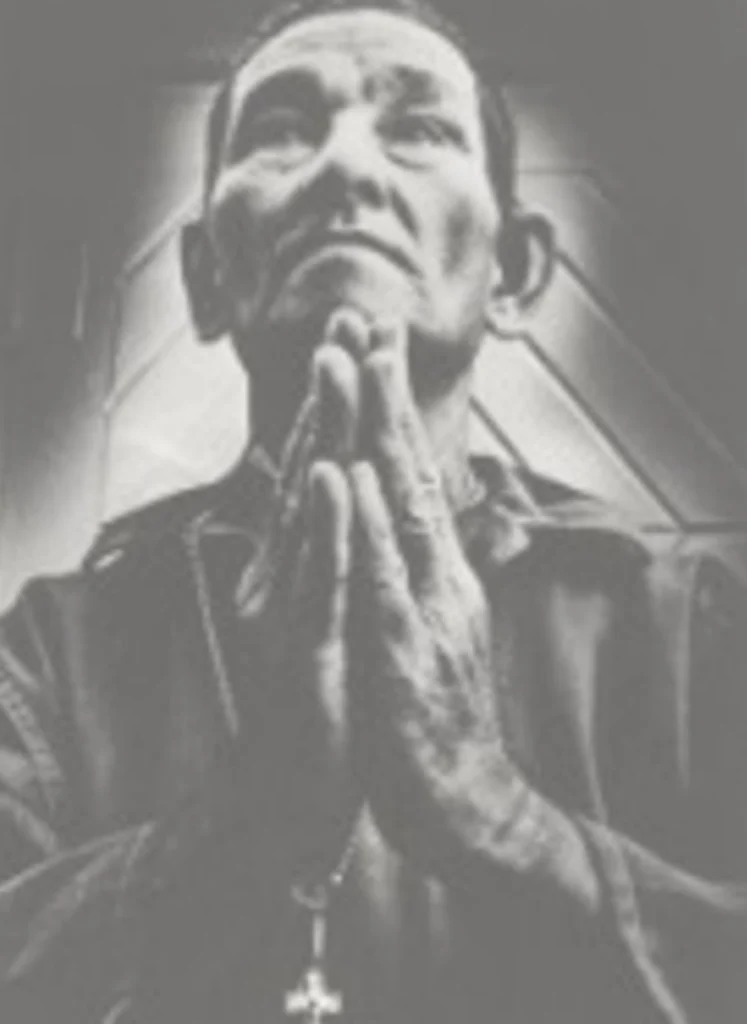
James Mitose
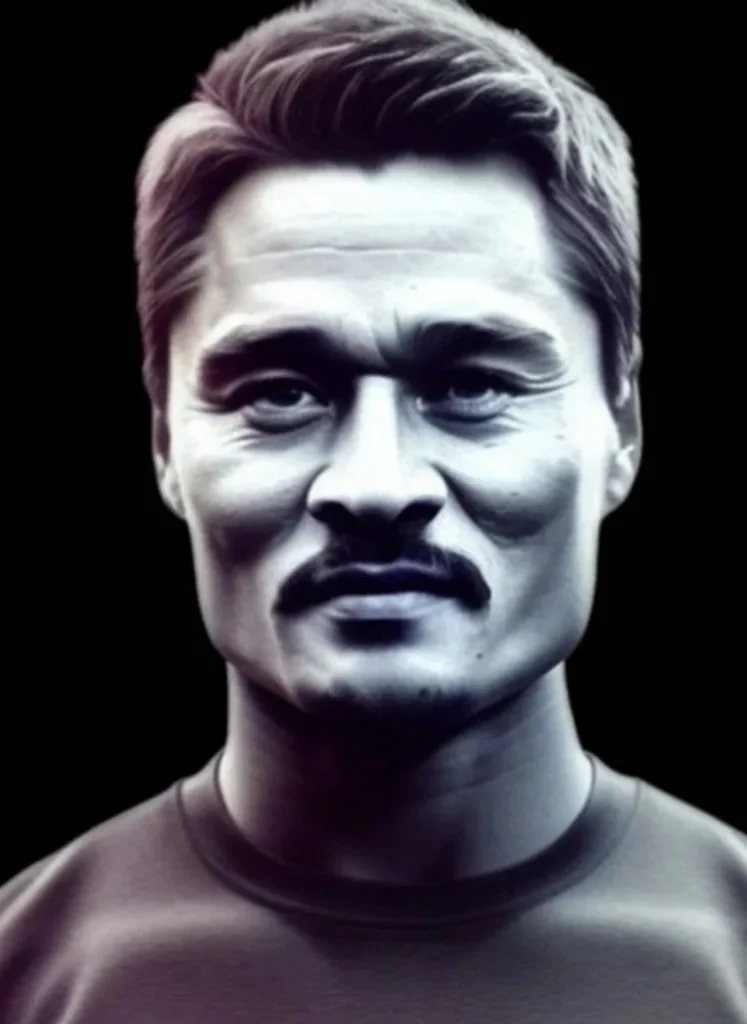
Soke Thomas Barro Mitose
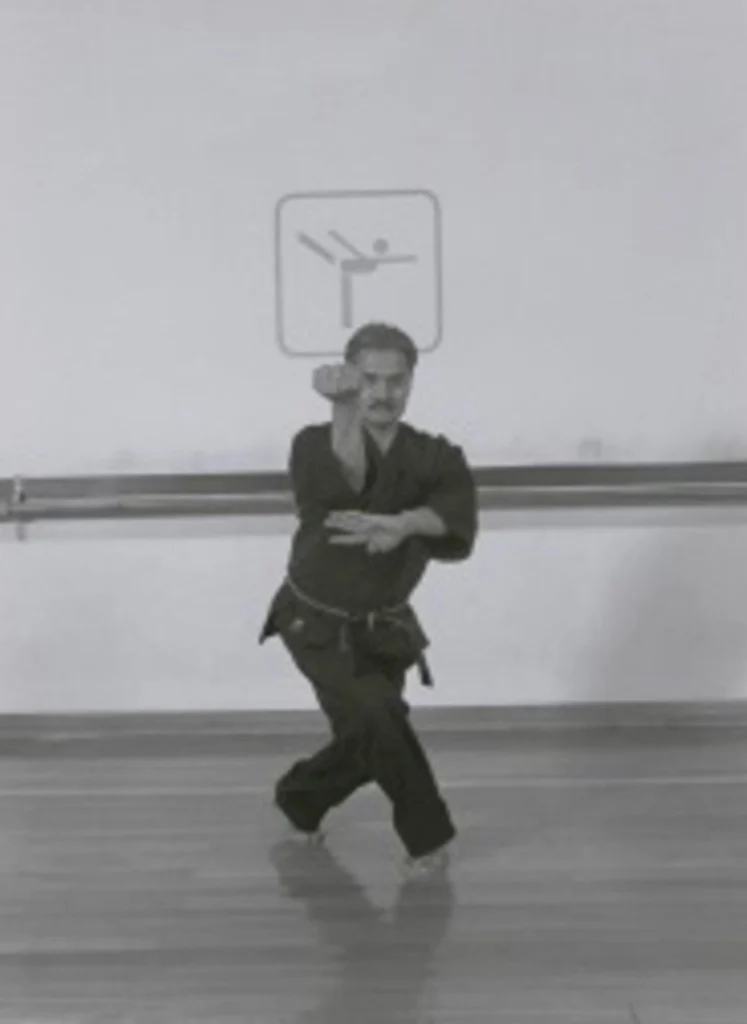
Childhood and Training of James M. Mitose
James Masayoshi Mitose was born on December 16, 1916, in Hawaii, as the firstborn son of Kiyoka (Yoshida) Mitose. In 1920, when James Mitose was 4 years old, he was sent to Japan along with his older sister Kimie (born in 1915) to live with their maternal grandparents and study the family art.
Return to Hawaii and Teaching of Kosho-Ryu Kenpo
After 15 years of training, James M. Mitose returned to Hawaii and decided to share the family art with people of all races. In 1937, he opened a school, and for the first time, this art was taught to people of all races, without any blood ties.
In 1942, he founded the official Honolulu Self-Defense Club, where he began formally teaching Kosho-Ryu Kenpo. The first black belts he promoted were: Thomas Young, Paul Yamaguchi, William Kwai Sun Chow, Arthur Keawe, Edward Lowe, and Jiro Nakamura.
Influence on Other Kenpo Styles
From these black belts, the vast majority of Kenpo styles developed, mainly from the students of William K. S. Chow: Edmund Parker (Kenpo-Karate), Adriano Emperado (Kajukenbo), Ralph Castro (Shaolin Kenpo), among others. Many other Kenpo styles also derive from these.
Retirement of James Mitose
In 1953, James Mitose retired from active participation in martial arts. The reasons remain unclear even today. However, it is believed that James Mitose observed that his students could not or did not want to live their lives according to Kosho-Ryu philosophies. There are other rumors, but they have not been confirmed. The exact reason why he stopped teaching is still unknown.
Succession of Leadership
James M. Mitose was not the founder of Kosho-Ryu and never claimed to be. He never claimed that title. He was the 21st Grand Master, who had been trained, among others, by his grandfather Sukuhei (20th Grand Master, born in 1869) and his uncle to become the leader of the system. This position was his by blood and birthright.
Continuation of the Legacy
In 1963, Soke Thomas Barro Mitose, son of Grand Master James M. Mitose, who was already a 1st Dan black belt in Kajukenbo under Joe Halbuna, began training with his father. Since then, he has learned Kosho-Ryu Kenpo directly from his father.
On March 26, 1981, Grand Master James M. Mitose passed away, and his son, Soke Thomas Barro Mitose, succeeded him as the 22nd descendant of the Mitose clan and head of all Kosho-Ryu Kenpo schools since then.
The Honorable 21st Grand Master James M. Mitose, head of all Kosho-Shorei Temples, was loved and respected by all those who knew him personally. He believed that, for some reason, instructors were not teaching Kenpo philosophy along with Kenpo techniques, and he felt that this beautiful philosophy was incomplete if not taught as part of a whole system along with the physical and self-defense aspects.
True Self-Defense
To understand the teachings of James Mitose, it is necessary to understand the philosophies of the Mitose style. What is the difference between “Self-Defense” and “True Self-Defense”? True Self-Defense means that there is no bodily contact or violence — no contact with the opponent’s body at all.
A person should be happy knowing they have the ability to avoid harm. Having a clear conscience knowing they have not harmed someone else, building their own mind and spirit.
The true goal is to surround oneself with an environment of peace, trust, and harmony.
"Is there any higher form of true self-defense than one of peace and harmony?"
- James Mitose
